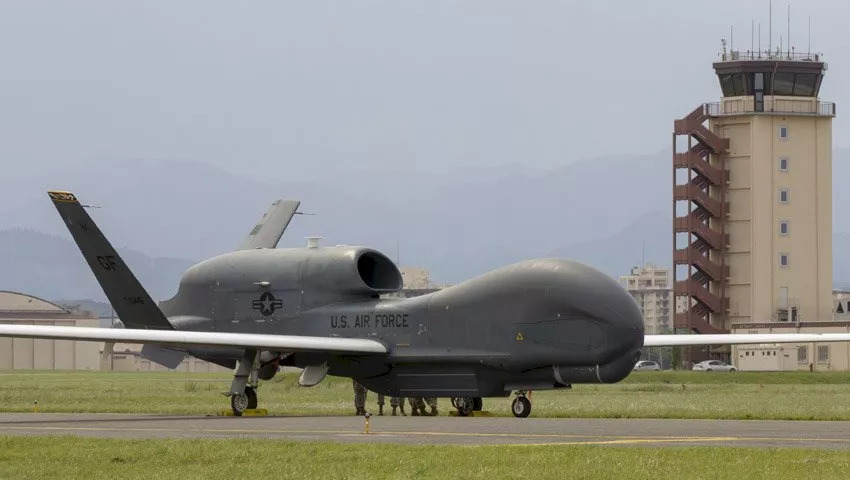The UAV has been put to the test during an exercise for the United States European Command.
To continue reading the rest of this article, please log in.
Create free account to get unlimited news articles and more!
Northrop Grumman’s RQ-4B Block 30 Global Hawk was deployed by the United States Air Force for an advanced battle management system (ABMS) exercises for the United States European Command.
Global Hawk was used to provide high-altitude, long-endurance support, delivering near real-time on-demand data to monitor the battlespace.
“Global Hawk is critical today and indispensable tomorrow as we continue to invest in new capabilities to improve system flexibility, resilience and responsiveness,” Leslie Smith, vice president, Global Hawk, Northrop Grumman, said.
“We are adopting proven advancements in technology and infrastructure to provide modernised cockpits, dynamic mission rerouting, OMS compliant payload computing, universal payload adapters and IP-based communications.”
This latest deployment marks a further step in the rollout of the next-generation UYAV technology, following the platform’s modernisation earlier this year.
Northrop Grumman completed the first flight for the Global Hawk Ground Station Modernisation Program (GSMP) at Edwards Air Force Base, California.
Leveraging agile development and an open architecture design, the GSMP team transformed both the human-machine interface and the underlying software, paving the way for interoperability with other Air Force systems, enhanced responsiveness to ad hoc tasking, and lower impact updates in the future.
In April, Japan completed its first flight of the Global Hawk, which it procured in 2014.
The UAV is expected to be integrated with other Japanese intelligence assets, including ground-based command and control units.
Earlier this month, it was reported that the Japanese Ministry of Defence has considered employing drones as part of the country’s early warning infrastructure to mitigate the threat of hypersonic missiles being deployed from Russia or China.
Citing Japanese news and defence sources, The Drive suggested that the drones are expected to be equipped with infrared sensors to detect ballistic missiles.
Other nations deploying the Global Hawk include the US, Australia, NATO and Korea.
[Related: Japan’s RQ-4B Global Hawk takes first flight]

 Login
Login







